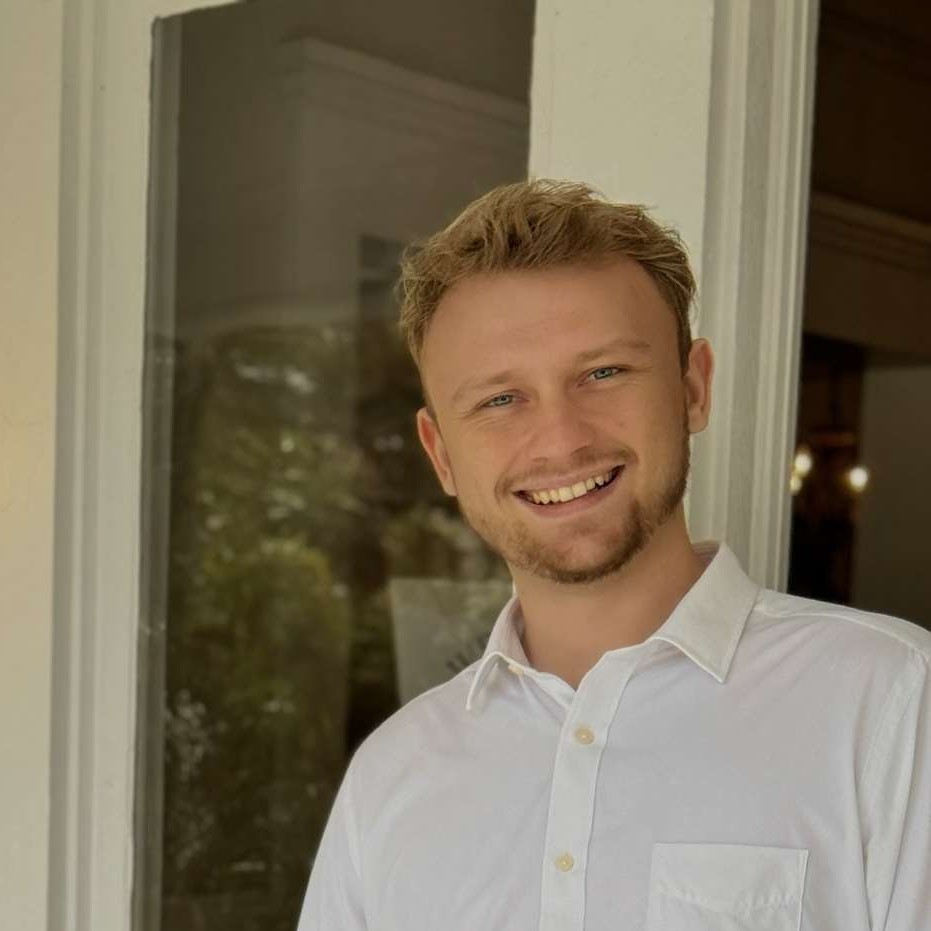About This Project
What if we built a better fish instead of depleting wild fisheries? Natural stocks can’t keep up with demand, making aquaculture essential. Yet, farmed fish struggle to compete with the profitability of exploitative fishing. By restricting growth inhibitors and stimulating key developmental pathways in zebrafish, I aim to develop a methodology for producing faster-growing, more efficient fish creating a foundation for genetically optimizing aquaculture species.
Ask the Scientists
Join The DiscussionWhat is the context of this research?
Aquaculture is the inevitable future of fish production. Overfishing depletes natural stocks faster than they can recover, yet farmed fish still struggle to compete with wild-caught profitability. While research focuses on feed and sustainability, little attention is given to improving the fish themselves.
Fish growth is partially regulated by IGF (insulin-like growth factor), which promotes growth, and IGFBP1A (IGF-binding protein 1A), which inhibits it. Another key regulator is mTOR (mechanistic target of rapamycin), a pathway that controls muscle growth, activated by RHEB.
Rather than overexpressing IGF, I aim to knock out IGFBP1A to remove growth inhibition while using RHEB to stimulate hypertrophic muscle growth. This approach could lead to faster-growing fish with accelerated muscle development.
Because these pathways are highly conserved, this methodology could be applied to commercially valuable species, improving long-term sustainability in aquaculture.
What is the significance of this project?
According to the Food and Agriculture Organization (FAO), over one-third of global fish stocks are overfished, with some of the most affected species including Atlantic Cod, various Tuna species (Bigeye and Albacore), and certain Pacific Salmon populations. These species are on the brink of collapse, costing billions and threatening food security for millions.
Commercial fishing remains far more cost-effective than aquaculture, driving overexploitation. This research lays the foundation for making land-based hatcheries more profitable than traditional fishing, reducing pressure on weakened ecosystems, and giving them a chance to recover. It also strengthens food security in developing nations that rely on fish as a primary protein source, providing access to sustainable, eco-friendly seafood and stable incomes. By improving aquaculture efficiency through broodstock enhancement, we can shift from depletion to regeneration and protect future biodiversity for generations to come.
What are the goals of the project?
We will test two synthetic DNA sequences one knocking out IGFBP1A and the other overexpressing RHEB inserted into zebrafish embryos via microinjection (100–150 per construct). IGFBP1A suppression removes growth inhibition, while RHEB activation stimulates mTOR for hypertrophic muscle growth. Each edit will be tested separately before being combined through sexual reproduction to produce an F2 generation.
Injection success will be confirmed via fluorescent markers. Growth will be measured weekly by length and mass comparisons against controls. Synergism in the F2 generation will be assessed by comparing growth rates to F1 single edit lines if the F2 fish grow faster than either parent line individually, it will indicate a synergistic effect. If successful, the methodology will be adapted for commercially relevant species like tilapia or striped bass, with plans to extend the approach to saltwater aquaculture species if it proves economically viable.
Budget
The IGFBP1aKO construct disables the inhibitor gene, increasing IGF bioavailability for enhanced growth. The RHEB construct upregulates mTOR activation, promoting sustained muscle growth.
Essential components include sgRNA, Tol2 transposase, and Cas9 mRNA, enabling precise genome editing and DNA integration. Microinjection supplies deliver these edits into fertilized Zebrafish eggs.
To raise and study transgenic fish, aquaculture supplies (tanks, filters, food) and a Zebrafish breeding pair are needed. Fluorescent screening equipment will confirm transgenesis, as embryos should fluoresce within one hour of successful DNA integration.
Microinjector supplies integrate the new DNA into the embryos before the first cell division.
Overhead means the 8% charge experiment.com takes on anything donated.
Endorsed by
 Project Timeline
Project Timeline
The project begins in mid-March with genetic construct orders and aquaculture setup. In April, zebrafish embryos will be microinjected and screened for successful edits. Growth will be tracked, and in August, IGFBP1A knockout and RHEB fish will be crossbred. The F2 generation will be compared to controls to assess synergistic effects. By October, data analysis will determine if the modifications enhance growth, laying the groundwork for applications in commercial and saltwater aquaculture.
Feb 24, 2025
Project Launched
Mar 12, 2025
Constructs are finalized and ready to be ordered
Apr 01, 2025
Supplies are here and Zebrafish are gravid
Apr 16, 2025
Successful Injection and confirmation
Jun 11, 2025
F1 generations are ready to crossbreed
Meet the Team
Mfritts
Hi, I'm Myles Fritts, a graduate student with a passion for genetic engineering, aquaculture, and conservation. My research interests revolve around pushing the boundaries of biotechnology to develop novel solutions for aquaculture, from studying hybrid vigor to engineering fish for resilience and efficiency. I love designing experiments that challenge existing ideas while keeping practicality in mind—finding ways to make meaningful discoveries without breaking the bank. Whether it's developing transgenic models, optimizing breeding techniques, or exploring how genetics shape growth and adaptation, I'm driven by the potential to apply this knowledge to real-world challenges in sustainability and food security.
Additional Information
The RHEB generation will glow Red under UV light!
The igfbp1a generation will glow Green under UV light!
The F2 generation could glow anywhere on the Red/Green spectrum!
The control group will not glow at all unfortunately
Project Backers
- 14Backers
- 131%Funded
- $3,281Total Donations
- $234.36Average Donation

